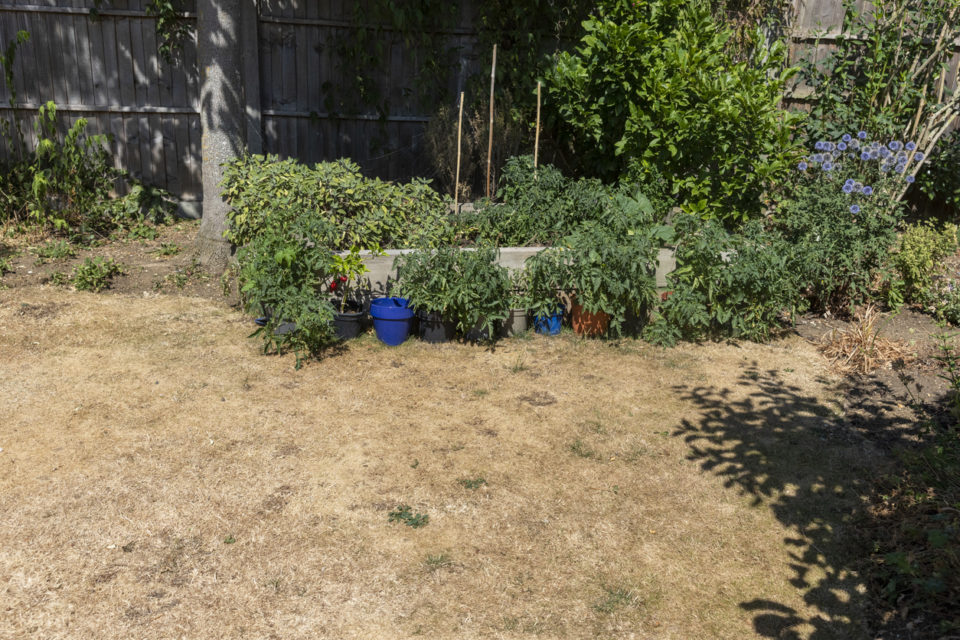
As summer’s zenith approaches, maintaining a flourishing garden might require a little extra guidance. Thankfully the team at the Spruce has a few tips to help rooky gardeners survive their first August. From managing the heat, regular watering, and timely harvesting to warding off pests and diseases, their comprehensive advice will equip you with essential tips for a fruitful and rewarding August gardening experience. Take a look at these highlights.
Anticipate the Heat
In the Southeast region, August is a swelteringly hot month. That means gardeners must employ strategic measures to ensure their gardens remain healthy and bountiful. If you’re planning to maintain your garden through the heat, you’ll need to schedule your gardening sessions around the sun. One crucial piece of advice is to carefully pick the days and times you plan to work outside, anticipating heat waves and humidity. Aim for early morning or late evening hours when the sun’s intensity is relatively low.
Hydrate
Good old H20 is important year-round, but in the heat of August, it’s doubly so. Hydration is important for your plants. No matter your location, August typically necessitates regular watering of your garden to compensate for the hotter temperatures and diminished rainfall. You don’t have to increase the amount of time your water your garden. Thorough, infrequent watering is more beneficial than frequent shallow watering, as it encourages the growth of deeper roots, making plants more drought-resistant.
Safe Guard Against Pests
This month also ushers in an array of insect pests, such as thrips, tomato fruitworms, spider mites, and snails. Regularly inspect your plants and take necessary action when these critters are spotted to prevent them from damaging your crops.
- Thrips — For thrips, introduce beneficial insects such as ladybugs or lacewings, or use insecticidal soaps and pyrethrin-based sprays. Prevention involves regular monitoring and removing infested plants promptly.
- Fruitworms — To control tomato fruitworms, handpick them off plants or use Bacillus thuringiensis (Bt) caterpillar-killing spray. Prevent them by planting resistant varieties and using floating row covers.
- Spider Mites — Combat spider mites by spraying plants with water or introducing predatory mites. To prevent them, keep plants well-watered and avoid excessive nitrogen fertilizer.
- Snails — To manage snails, handpick them during their active periods or set up beer traps. To prevent, ensure proper garden sanitation and consider barriers like copper tape or crushed eggshells.
Watch for Plant Diseases
Heat and humidity create a conducive environment for plant diseases, too. Regular inspection is crucial to identify and eliminate diseased foliage promptly. Dispose of it appropriately, away from the compost pile to avoid further spread. Additionally, disinfect your tools after tending to each plant to mitigate disease transmission.
You might also like: Make The Perfect Pimento Cheese
Harvest Normally
Lastly, keep up with your harvesting. Many plants bear fruit in August, and consistent harvesting encourages further production. Overlooking this step can result in reduced yield and wasted produce. So, enjoy the fruits of your labor and bask in the satisfaction of your summer gardening.
Disclaimer: The stock image is being used for illustrative purposes only, and it is not a direct representation of the business, recipe, or activity listed. Any person depicted in the stock image is a model.
